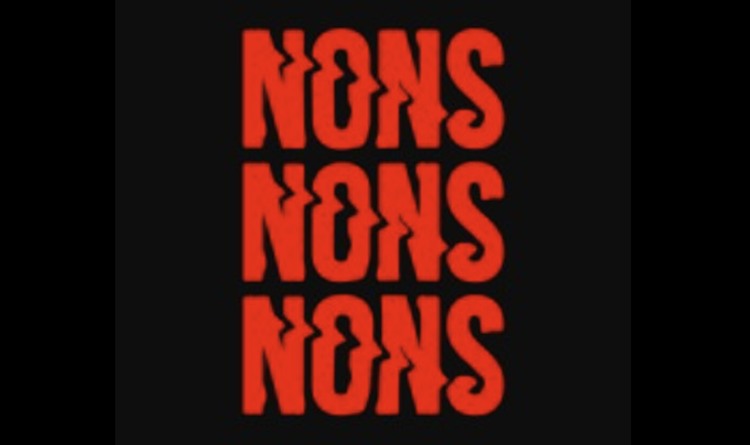Editor’s note: It’s the time of year for year-enders, when newsrooms, think tanks and others post lists of the most important stories and topics from the previous 12 months. Thus, here are the five most-clicked Graphs About Religion items of the year from the omnipresent political scientist (and progressive Baptist) Ryan Burge. This list starts with his No. 1 post.
- - - - -
(1) “Religion Has Become a Luxury Good — The formula: College degree + middle class income + married + children.”
This one was an absolute thunderbolt.
I published it the day I was driving back from officiating a wedding about four hours away and every time we stopped to get gas or use the bathroom I would check my phone and the social media traffic was just insane. It took on a life of its own and was shared and discussed for a long time. Which is exactly what I want to do with my work. In the end, this one got 50% more hits than any other post from this year.
In short, I argue that religion has become a haven for folks who have done everything “right.” They have college degrees, decent incomes, are married and have children. It’s become really homogeneous. That’s bad for American religion and American democracy.
I’m not done with this idea. I’ve presented it a number of venues over the last couple of months and the reception has been really humbling. People want to talk about this and think about it more deeply. It’s too early to announce anything, but I think you can expect to see these ideas expanded upon in more complete ways in the year to come.
(2) “Liberals Have Won the Culture War — Opinion on sex, drugs, and abortion have all moved left over time.”
This one was based on a graph that I had put together a while back that tracked the trajectory of a bunch of cultural issues: marijuana, same-sex marriage, abortion, pornograph and extramarital sex. Those are the Sexual Revolution issues that the General Social Service has tracked really consistently for the last several decades.







